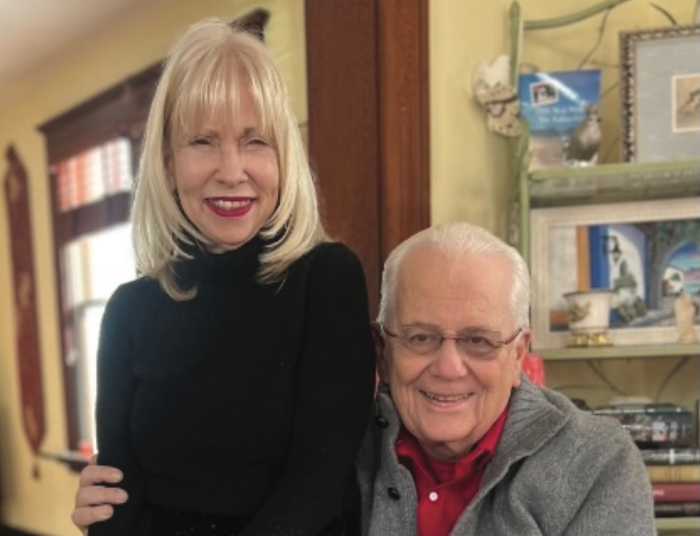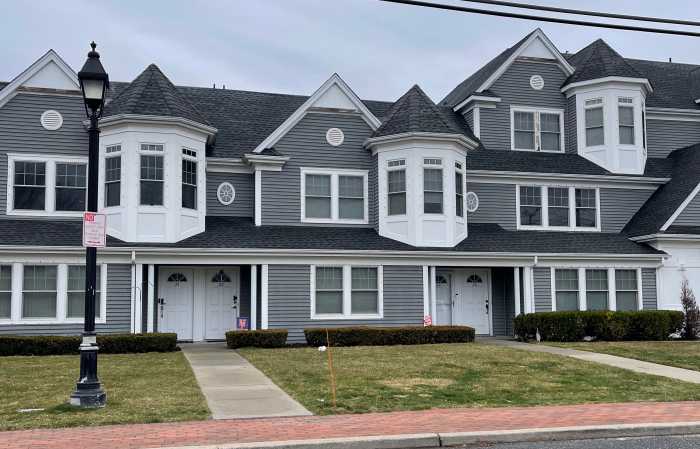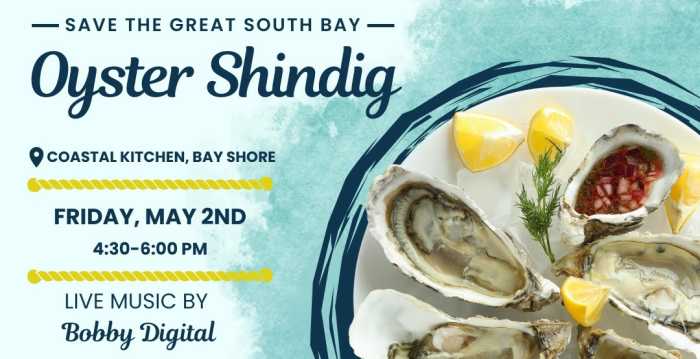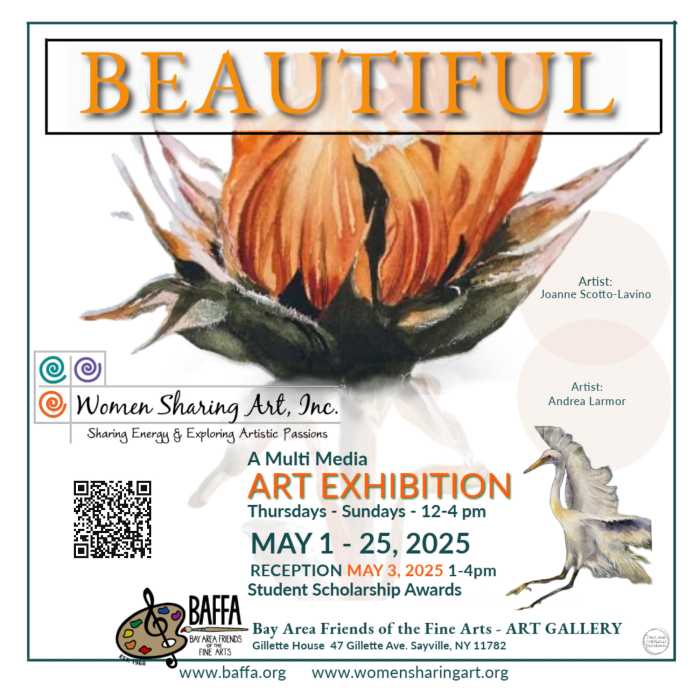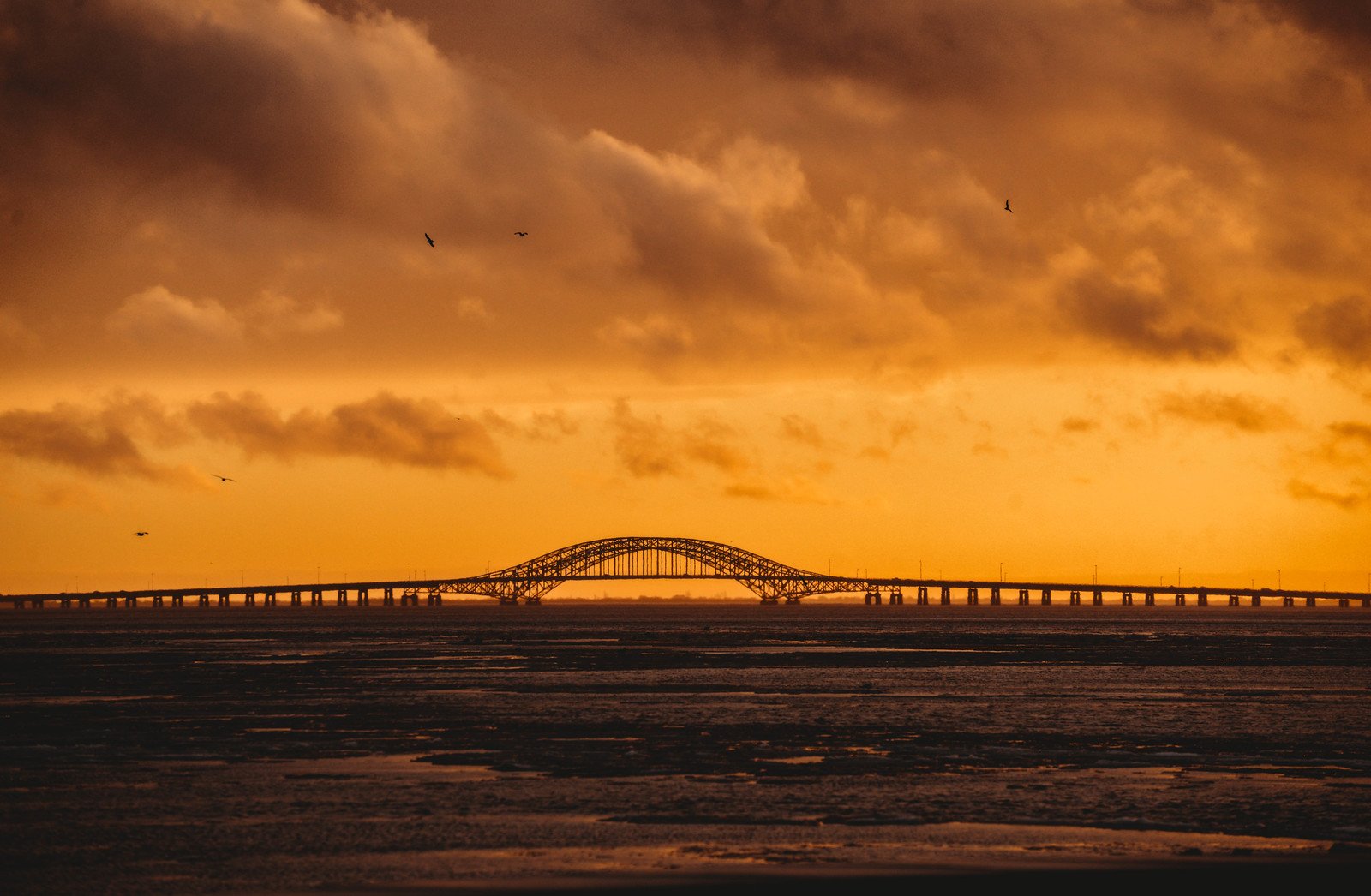
Photo by Lauren Chenault.
By Edward Chessman ~ As the year winds down and the festive holiday season ramps up, the ritual of remembrance begins. For us the living, we often recall the wonderful, precious memories of people, places, and things. Gatherings and gift giving, visiting family and friends; decorations, cheer, and happy days. Cards and well-wishes for the new year, a special time for people in their lives. A celebration of the season. I had a good, long drive in from Northeast Ohio to Long Island to anticipate the forthcoming Thanksgiving weekend, my favorite holiday. No pressure for buying gifts, just football, food, and fun. The way it ought to be.
During the last decade as a transplanted Long Islander residing in the Cleveland area, I’ve often longed for the “Green, green grass of home,” as the old Country song goes. Over Thanksgiving weekend, I found myself looking across the vista from my familiar Bay Shore Marina at dusk and admired the sunset. Glimmering lights, as if put in place to ring in the holidays, twinkled in the purple twilight. The Causeway itself symbolizes a bridge from past to present, built on the pillars of memories, imbedded in a rock foundation. It links history and serves as a reminder that we are always connected to our past, it has never truly left us.
I walked down the familiar streets of my hometown with the rustling brown-orange leaves of late fall, a whispering wind at my back and admired the bare trees calling the coming of Winter. I reflected on the joyous holidays of yesteryear, recalling loved ones who have passed on. Do we easily forget? As John Donne stated in his eternal Sonnet X, “Death, be not proud, though some have called thee mighty and dreadful, for thou art not so.” No one ever really dies in our hearts.
It’s a great thrill to meet up with friends at a local establishment and toast in the holidays. Love, laughter, and lager! Yet what exactly is Nostalgia? It is defined as “sentimentality for the past, typically with happy personal associations.” It is derived from the Greek word nostos meaning “homecoming” and the compounded algos for “despair or sorrow.” Historically, it traces back to biblical times as the Israelites lamented the loss of their homeland. In Homer’s “Odyssey” during the Trojan War when Odysseus pines for Penelope and Telemachus for his native Ithaca. Late in the 17th Century, it was diagnosed as a medical condition known as Melancholy (depression), suffered by Swiss mercenaries on the battlefields of Europe. This phenomenon has always been a part of the human condition.
Conversely, the positive side of Nostalgia has sound, psychological advantages and is genuinely uplifting as a practice. When we recall the fond memories of our lives, it brings us to a new place, a higher state of grace. Many different things can trigger a memory, the scent of a candle, a familiar face, a particular landscape, or a photograph. Our memories can also lift us over the highest summit and create a blissful, euphoric state of mind. When coming home, it will be the Causeway Bridge spanning the Great South Bay and what it means to come from the South Shore. I will always remember.
In retrospect, it would be wise to hold the pleasant memories close and filter out the unpleasant. The soothing thoughts of sweet, precious memories keep us alive and regenerated. Regrettably, those who dwell in the past tend to stay there. Or tortured by the painful barbs of the past. Better to maintain a measured perspective with memories. How devastating they can be if not kept in check. Does it benefit a person to wallow in sorrow? No, our answer must always be: Forward March!



